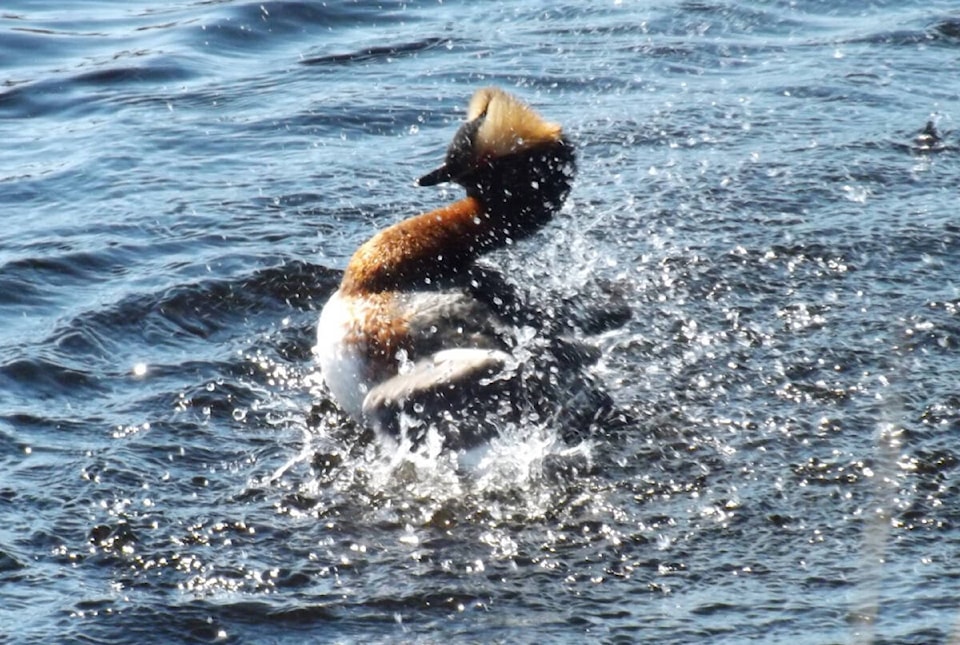“Oh boy, I get to pull some nails today.”
Believe it or not, I said that to myself, as I walked by a pile of old lumber, full of nails that needed pulling. It’s an adage, don’t leave wood lying around with nails in. Sooner or later, someone is bound to step or fall on them and hurt themselves. And it could be you. So, listen to the old-timers, the job’s not done until the nails are pulled and the wood is sorted and stacked.
The lumber came from my boat dock as it needed some repairs and I had replaced its old front cribbing with a new one. The dock was two to three decades old, so it had been getting a little rickety and unstable. It had a dangerous lean to it because I suspect the spring ice had plowed into it exceptionally hard this last spring.
Working in the bush, I have built a number of bush docks over the years. Nothing fancy like you might get at a tourist lodge or fancy bush house, but good for bush camps and cabins.
I built the dock, before I built my cabin because it is handy to have a dock there as you bring in supplies and materials for the cabin.
Before you build a dock, it’s best to scout out the lay of the land and build your dock in the best location. You would be surprised how many people put their docks in the wrong place and sometimes regret it.
You want your dock easy to use but sheltered from the wind as much as possible, to make it easy to use and to keep your boat safe in fair weather and foul. Also, you have to consider what is going to happen in the spring as the lake ice begins to melt. What happens is the ice then lifts and breaks away from shore, leaving a lead of open water all the way around that grows as the melt continues.
The pan of ice gets pushed by the wind and the waves. If the wind blows from the south, it ends up on the north shore. Then as a storm coming in from the north moves it south, picks up a little speed and gains momentum. A pan of ice weighs hundreds or thousands of tons. It can push right up on shore and do considerable damage, taking docks out entirely. You don’t want that, so chose your dock location wisely. Mine was pretty good but not perfect.
One year I was helping an old-timer close his tourist lodge for the year. He said “It’s time to protect that dock,” and we carried a bunch of old drill rods out to the dock putting one end into the water and the other resting on the dock. The theory is they act like posts to the moving ice pan and break it up, or the ice, if thick enough, rides up on them until it stops moving.
It looked like a great idea, and he said it works well. Again, not perfect but good. Something to consider if your dock is susceptible to ice damage. It’s a trial-and-error type of science.
When I walked down to my dock in the morning to have a look at it, I discovered a duck had pooped on all my hard work. He had christened the newly rebuilt dock and obviously had given it a vote and stamp of approval. You can’t get better praise than that. I should get a grant from the Audubon Waterfowl department because they seem to like sitting and pooping on docks I build. One year a duck even laid an egg on the dock.
Now back to pulling nails. It is something I got paid for occasionally as a kid. Probably because adults didn’t like doing it. Pull and straighten them so they can be reused along with the pieces of wood to build something else. Salvaging really does save money. Also, it was good hands-on experience and teaches you a lot about leverage, torque, prying and crying — if the hammer or crowbar slipped and you whapped yourself. Another good lesson on industrial safety. Also, you learned the joy of zenning out and concentrating on the chore you were doing.
